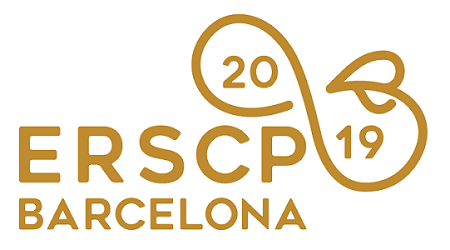Full Program »
Will Consumers be Attracted to Eco-friendly Packaging the Way Manufacturers Want to? An Investigation of Packaged Food Products in an Emerging Market
Global concern for pollution from plastic packaging has been growing. In practice, 40 per cent of all plastic is used to produce packaging for consumer goods, which is used once and discarded (Goldsberry, 2018). Given the huge volume of global plastic production at 300 million tons a year, single-use plastic packaging has posed a massive threat to the environment. The good news is that there are initiatives around the world to reduce the production and consumption of single-use plastic (Earthday, 2018). Businesses are under increasing pressures not only from consumers but also from governments and investors to phase out single-use plastic (United Nations, 2018). Food manufacturers such as Unilever and Nestle are setting reduction goals and facilitating the use of more eco-friendly packaging for their products (United Nations, 2018). However, whether or not consumers welcome eco-friendly packaging the way manufacturers want to is still unclear. It is not sure whether or not consumers perceive eco-friendly packaging the way it is intended to; and whether or not consumers are willing to pay for eco-friendly packaging. We explore consumer insights relating to eco-friendly packaging to answer these research questions. The selected product is packaged foods and the research context is Vietnam as an emerging market experiencing rapid changes towards more convenient consumption patterns.
We used sequential mixed methods with qualitative and quantitative data collection methods. In the first phase, qualitative study was conducted, using six focus groups, to collect preliminary insights about consumer perceptions of eco-friendly packaging applied for packaged foods. Findings were used to develop choice-based conjoint analysis embedded in a self-administered online survey in the second phase. Demographic data was also collected to explore the relationship with willingness to pay with regard to eco-friendly packaging. There were 308 usable responses. In addition to conjoint analysis, t-tests and analysis of variance statistical techniques were used to analyse data.
Our research shows that consumers focus on the market appealing characteristics of packaging. Market appeal of eco-friendly packaging in consumers’ perceptions is a critical factor influencing the success of eco-friendly packaged food products. Market appeal is expressed by consumers by three dimensions, namely, physical graphic design, protective performance and price. In terms of physical design of the package, consumers expect colourful attractive graphical design to be applied for packaged food products. Visual attraction is therefore a critical factor to enhance market appeal of eco-friendly packaging. Consumers also highly value a package which can prolong the shelf-life of the product. Most consumers expect the price of eco-friendly packaging to be more or less equivalent to conventional plastic packaging, though some are willing to pay more.
We propose consumer-initiated development of eco-friendly packaging to enhance market appeal for packaged food products. Given a gap between how packaging is intended by industry and actually perceived by consumers, the research findings will help businesses to decide features of an eco-friendly package to maximise adoption in the marketplace. Furthermore, the research findings demonstrate how to use demographic segmentation to identify potential eco-friendly consumer segments in an emerging market.
